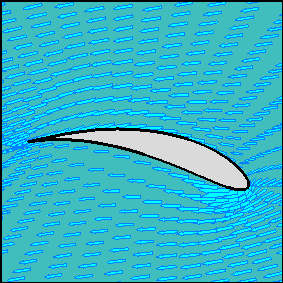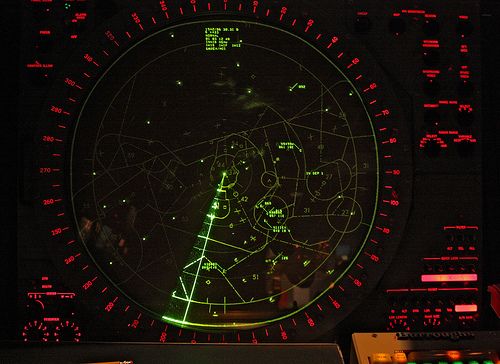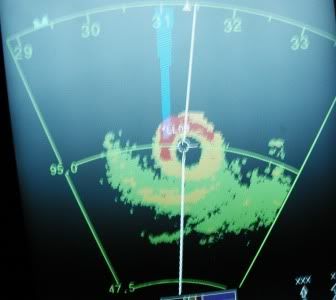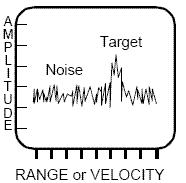This is going to be good...
I worked at 9500 Godwin Drive in Manassas, VA.
And I cleaned up the old Toshiba gears and help the Micron conversion on the once Toshiba plant on Godwin Drive several years ago.
As for saying passive sonar and airplane radar work on the same principles and the EE are interchangeable, I have never scene that in practice. Nor has that ever been explained to me that way. Sonar requires way more computer processing power, more than would be possible to fit on a fighter jet. Nor have I ever had someone from Lockheed transfer in from the division that makes fighter jets. Most of the techs were ex sonarman. This interchangeability is almost laughable. Air does not equal water. Simple logic should tell you that. If all you have is a hammer, everything looks like a nial. If you are an radar technician, then everything must look like radar??
Then you missed the point completely, which was philosophical, not technical. And if no one ever explained why to you, then you must have never had an excellent teacher/mentor. Too bad for you.
The point was not about how a radar EE would translate his knowledge into sonar, it was about whether he understood how objects are detected via a controlled medium. For radar, that medium is EM, for sonar, it is sound. Both methods of detection requires the user to exercise as much control over the medium as possible in order to extract the maximum amount of data returned by the target. This is a philosophical point, not a technical one. In radar, we have multipaths propagation, same as sonar. This is also a philosophical point, not a technical one. A sub has a problem with 'shadow zones' created by physical structures, man and nature made. So does an aircraft. Underwater we have 'thermoclines' or temperature layers that affect sonar detection over long distances, aka 'deep sound channels'.
SOSUS The "Secret Weapon" of Undersea Surveillance
The deep sound channel is found at the depth where the sound velocity is a minimum. Because sound rays always tend to bend away from regions of higher sound velocity, a wave directed upwards from the sound channel axis will be refracted back down again and a wave directed downwards will be bent upwards. Thus, sound paths from sources in the deep sound channel weave back and forth across the channel axis and because they become trapped in a deep ocean layer away from the surface or bottom can travel long distances with minimum attenuation.
For radar detection, we have atmospheric plasma layers that either traps or reflects EM signals, making possible long distance 'ham' radio communication, or disruptions of music radios at certain frequencies at different times of day, or degrades over-the-horizon radars, or even atmospheric 'ducting'.
Atmospheric duct - Wikipedia, the free encyclopedia
In telecommunication, an atmospheric duct is a horizontal layer in the lower atmosphere in which the vertical refractive index gradients are such that radio signals (and light rays) (a) are guided or ducted, (b) tend to follow the curvature of the Earth, and (c) experience less attenuation in the ducts than they would if the ducts were not present. The duct acts as an atmospheric dielectric waveguide and limits the spread of the wavefront to only the horizontal dimension.
It also causes long distance propagation of radio signals in bands that would normally be limited to line of sight.
Both sonar and radar uses the 'decibel' method of measurement of power differences.
Synthetic aperature radar (SAR) and its brethen inverse SAR (iSAR) have their sonar cousin in sidescan sonar. The great difference between the two is the frequency employment, radar operates in the ghz range while sonar in low mhz. Keyword search 'towfish sidescan sonar' for interested readers.
Just like radar, sonar exploits the Doppler effect =>
Products: Doppler Sonar | Marine Equipment For Merchant Marine | Business Fields & Product List | FURUNO's Product Site
Just like radar where short wavelengths or high frequencies are range limited, the bottlenose dophin's sonar pulses are only about 50 microseconds...
Bio-inspired wideband sonar signals based on observations of the bottlenose dolphin (Tursiops truncatus) | Browse - Journal of the Acoustical Society of America
The inspiration comes from the analysis of bottlenose dolphin clicks. These pulses are very short duration, between 50 and 80 μs,...
But that is good enough for hunting.
Whereas the larger whales produces lower freqs and longer pulses that are conducive to long distance navigation/communication...
DOSITS: Blue Whale
Blue whales produce long, multi-part vocalizations that include long pulses, buzzes, and rasps. These vocalizations are typically in the 15-40 Hz range, often below the threshold of human hearing. Even though blue whale calls are generally the same, there are distinct geographic variations that might help scientists distinguish separate populations. Scientists currently use blue whale vocalizations to study their distribution. How blue whales use their vocalizations is not known for certain, but the calls could possibly aid in long-distance communication or navigation.
I could go on and on about the philosophical similarities between the two methods that any good EE would be able to re-train himself once he understood where they differs and where they are alike.
Have you ever even been in a modern sub?? I haven't but I was surrounded by 20 men that have and the Navy did offer us tours but frankly I wasn't that interested (I wanted to do finance). The ride is as smooth as silk. Everything is damped. It's easy to generate noise and make a sub noisier.
Yes, I have. Ever had a 'steel beach' party?
You really don't know what you are talking about on this one.
I highly recommend you watch The Hunt for Red October to learn how sonar works. That movie is considered very accurate by sonarmen and yes the producers of that film did come to Manassas to see how sonar works too (Or so I was proudly told, it was before my time).
Watched it several times. It was good but hardly technically illuminating about sonar.








 And a lot people thanked him for that.
And a lot people thanked him for that.  Look at the following fluid dynamics that he used to explain EM 'knife edge' diffraction effect
Look at the following fluid dynamics that he used to explain EM 'knife edge' diffraction effect 


